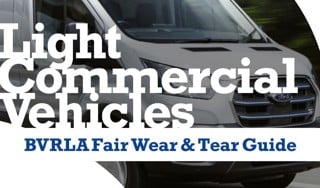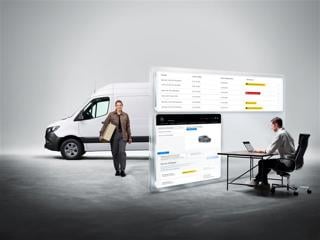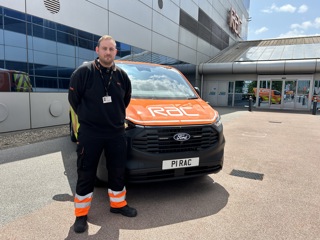Minimising vehicle downtime and keeping associated costs to a minimum is a priority for many fleets.
The AA, which attends more than 3.5 million breakdowns a year, has introduced a range of new initiatives to get companies back on the road quickly and manage their fleets effectively.
The AA’s dedicated business services division, AA Business Services, offers a range of tailored solutions to the business sector. Recent manufacturer contract wins include Toyota, Lexus, Subaru, Bentley, Isuzu and McLaren.
This is the core to the business but recently the growth has included the acquisition of BSM and Auto Windshields and a move into home emergency response.
The AA has been serving motorists at the roadside for more than 100 years, so it has seen its fair share of severe winters. Its procedures ensure it has sufficient patrols available to meet demand while it also has the back-up of a nationwide network of AA-audited repairers.
Even so, the past couple of winters have pushed it to the limit.
“The last two winters are memorable for being so widespread and protracted,” says Andy Taylor, AA area manager.
“Our patrols made Herculean efforts, attending more than 500,000 breakdowns during the last winter alone.”
Daily call outs over the last winter period rose from 11,000-15,000 to more than 25,000.
The company has formed AA Special Operations Response Team, a mixture of staff and frontline patrols who are trained to recover vehicles from floods, snow and other extreme weather conditions using specially-adapted Land Rovers.
Patrols in more rural areas have had snow chains for a long time but in the 2009/2010 winter the AA decided to equip the whole breakdown fleet.
“They’re for emergency use because they can only be used on roads covered in compacted snow and ice,” says Taylor.
Some patrols also use cold weather tyres.
“Winter tyres give better grip and braking in the cold and wet compared to normal summer tyres, but it is expensive keeping two sets of tyres so they’re best for drivers living in the more remote areas where winter conditions are more predictable,” Taylor adds.
The AA prioritises anyone in a vulnerable position, whether they are in a dangerous location or have a medical condition. Across the country, the average response time is around 40 to 45 minutes.
Patrol of the year 2008
Taylor started out at the AA working on patrol, won Patrol of the Year in 2008 and is currently studying business management.
He believes his time on patrol has helped enhance his management skills.
“Sitting this side of the fence makes me appreciate what it is like to be on patrol,” he says. Taylor now manages 52 drivers, all working from home.
The majority of the fleet is Ford Transit, Renault Trafic and Vauxhall Vivaro on a four-year cycle. Drivers have varied shift patterns to ensure 24 hours’ cover, with a maximum 12-hour shift.
Managing AA patrol drivers
As the drivers are constantly on the road, it can make it difficult for managers to communicate. However, Taylor believes this keeps drivers on their toes.
“One-to-ones have to be flexible to suit hours, but because of the tracking system we use , I can locate a driver and visit them for a meeting – it keeps them on their toes,” he says.
Audits for vehicles, tools and equipment are conducted annually.
The AA also conducts a three-year patrol MOT whereby drivers are tested to make sure their knowledge is completely up to date.
Support from AA DriveTech means drivers complete risk assessments at least once every three years. And an in-van system plans the driver’s routes and includes information on manufacturers or tools which can help drivers to repair vehicles new to the market or irregular faults.
It all leads to an improved service for fleets.
For Taylor the biggest foreseeable challenge is to cut idling time.
“We feel we could save 6% in overall vehicle costs from idling alone,” he says.
Developing use of TrackMate further is expected to generate more cost savings and help the fleet run even more efficiently.




















Jonathan Gallagher - 31/10/2012 13:42
Really enjoyed this article having a recovery breakdown company myself http://www.north-eastrecovery.co.uk Nice to know how the bigger companies are doing it day today and see that they face the same uphill struggle daily. Thnaks Johnny